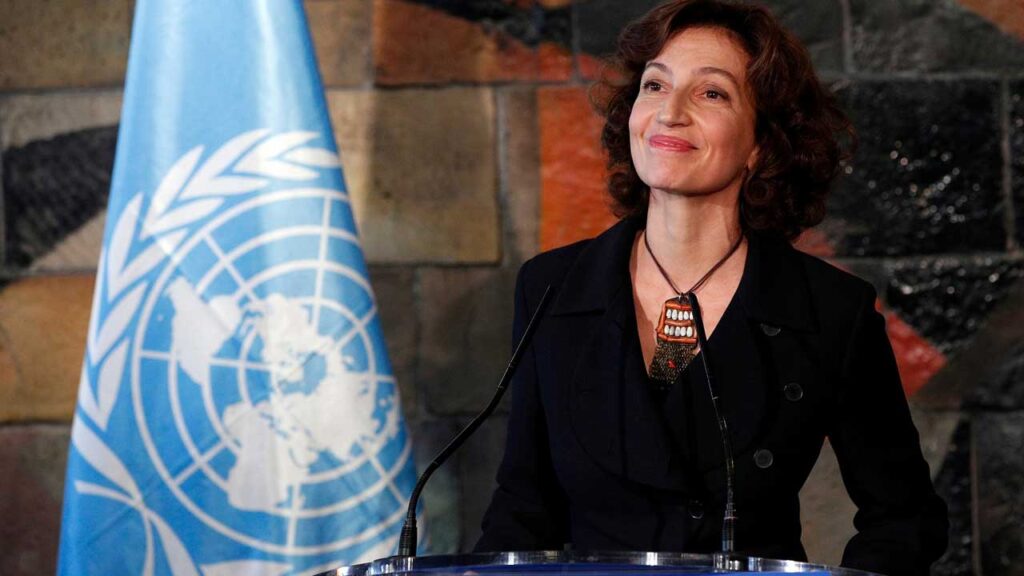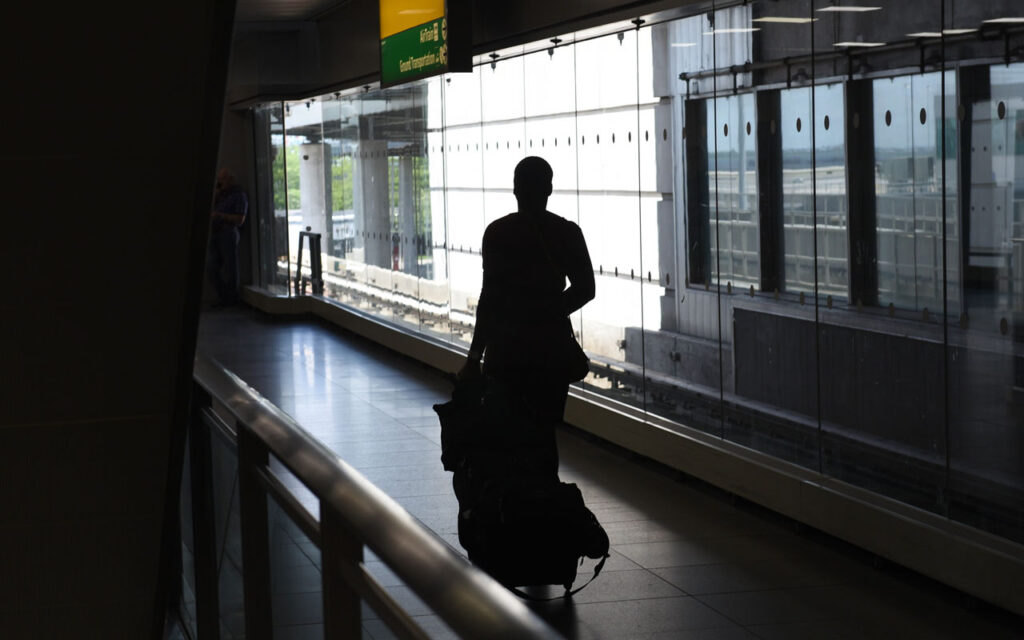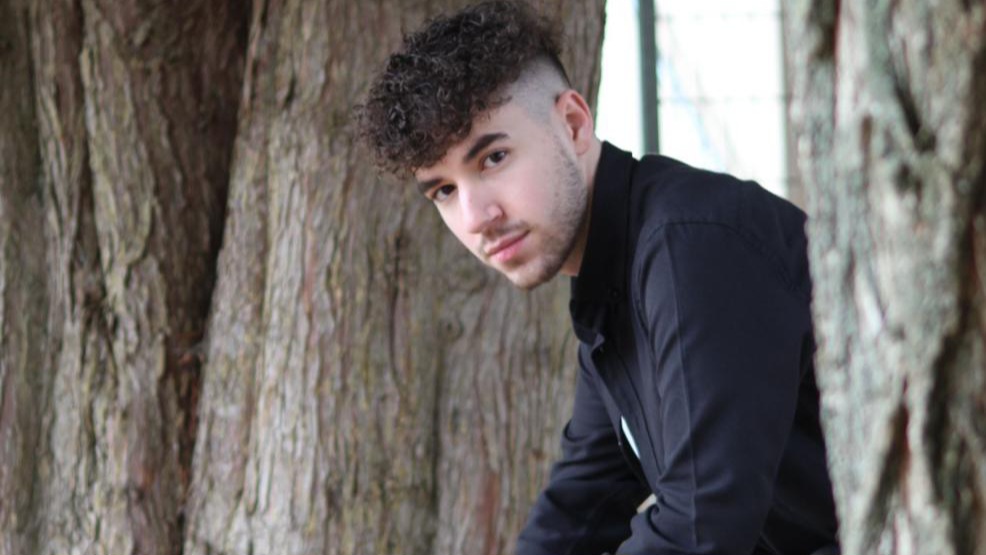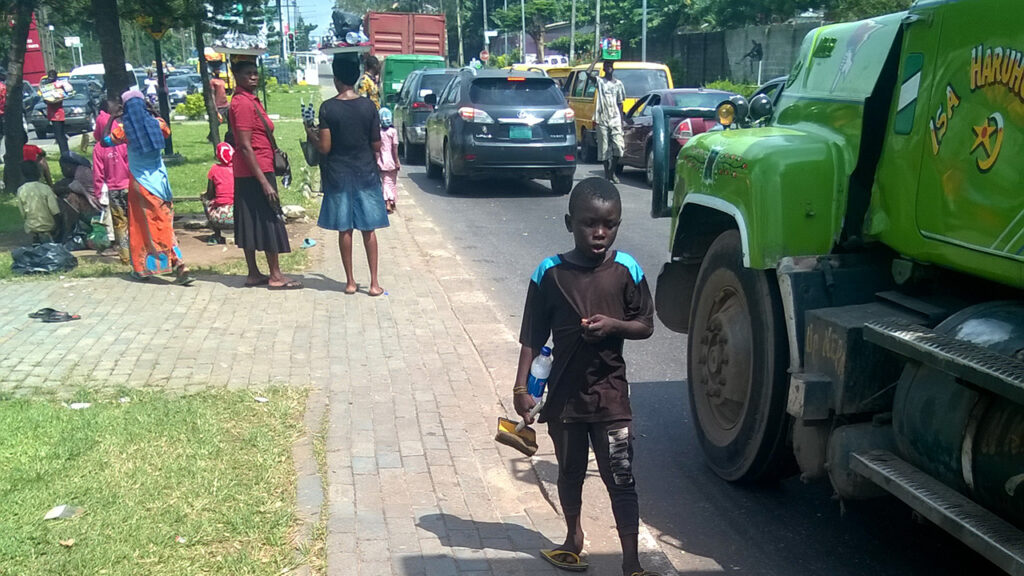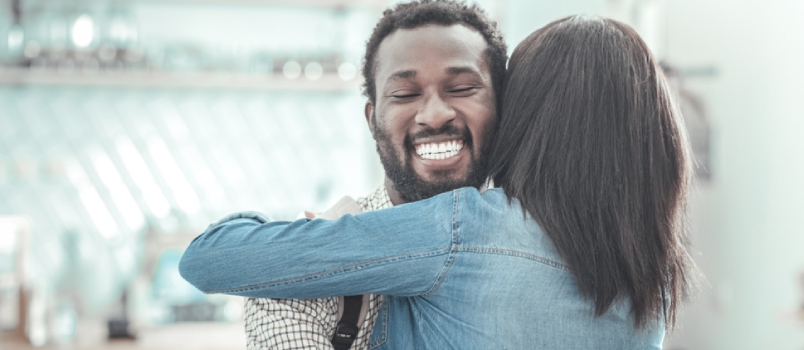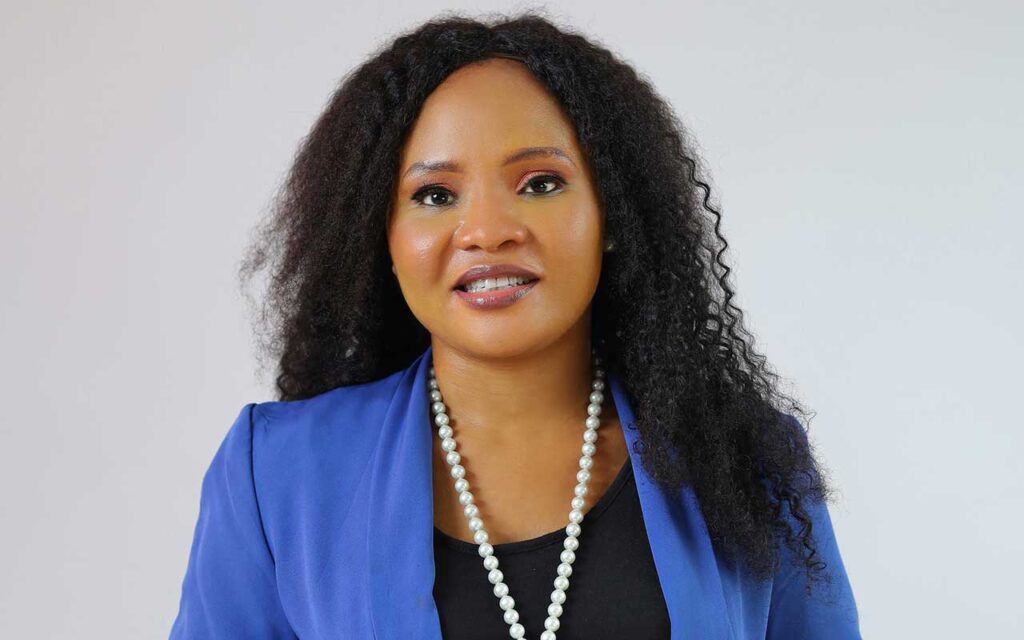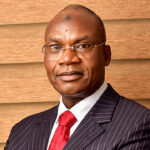
Members of the United Nations Educational, Scientific and Cultural Organisation (UNESCO), the Knight Center for Journalism and the International Women’s Media Foundation (IWMF) have reiterated the need to take safety of women journalists seriously, especially as the world grapples with the COVID-19 pandemic and the Russian/ Ukraine war.
The participants spoke last week during a webinar held in commemoration of this year International Women Day. They addressed issues such as, increased risk facing women journalists around the world, offline and online – the attacks range from violence, stigmatisation, sexist hate speech, physical assault and rape to even murder.
Moderated by Deputy-Director, IWMF Nadine Hoffman; other speakers include, Chief of Section for Freedom of Expression and Safety of Journalists, UNESCO, Guilherme Canela; UNESCO Chair in Communication and the Knight Chair in Journalism at the Moody College of Communication’s School of Journalism at the University of Texas at Austin, Prof. Rosental Alves; photographer and journalism safety trainer, course instructor, Alison Baskerville; Director and course instructor, Comunicación para la Igualdad, Sandra Chaher; journalism safety consultant and course instructor, Elodie Vialle; journalist, founder of the MaMa Project, Tatiana Mossot; investigative journalist, Patricia Mayorga Ordoñez and Risk and Security Manager at Buzzfeed, Yemile Bucay,
According to a UNESCO-commissioned research, online violence often translates into offline harassment, with, one-fifth (20 per cent) of survey respondents identifying as women saying they had been attacked or abused offline in connection with online violence they had experienced. In addition to being targeted on the basis of their work as journalists, they are also the targets of gender-based violence.
In his speech, Canela said, “we are celebrating this day on a challenging note, based on the conflict in Eastern Europe. This year, we are commemorating the tenth anniversary of UN Plan of Action on Safety of Journalists and The Issue of Impunity. At a time when we are taking stock of what we have learnt in the last 10 years, the kind of violence that women journalists were facing ten years ago was, particularly in the digital space was not clear.”
He, however, said it is not always bad news for women journalists.
“The case of Maria Ressa and Dmitry Muratov, who won the 2021 Nobel Peace Prize, has shown that it is possible to move forward, with strong element of hope in this challenging environment. It has underlined globally, the importance of journalism for peace and democracy,” he stated.
Alves, on his part, said, “I always say that I am from a generation that have never been in any training. I covered several wars unprepared, not only for safety reasons but also mental health. In the 90’s people started thinking about two new disciplines of journalism: First is trauma, that is mental well being of journalists and the second is safety. The Schools of journalism are behind on that. Few schools have been adopting proactive actions in terms of making sure you don’t allow students graduate from our school without knowledge about the two new disciplines. I think Programmes organised by UNESCO, Knight Centre and IWMF do assist not only those in the journalism field, but journalism educators and journalism students.”
Mossot, who joined the conversation from Côte d’Ivoire stressed the need to enlighten public office holders and Heads of corporations that journalists are not threat to anybody, but performing their constitutional obligation.
According to her, “government officials or Heads of corporations believe journalists’ mission is to destabilize things and I think training on the part of the interviewers and interviewees can deconstruct narratives about journalists and raise awareness on both sides. We are not here to be a threat.”
Speaking in a similar vein, Vialle, said newsroom must not only focus on stories but safety of women journalists. She cited report from UNESCO last year, which indicates that 70 percent of women journalists had faced cyber harassment.
She said, “you can’t talk about safety of journalists without safety within the newsroom. If we don’t improve on safety of journalists, it would affect newsroom’s productivity. A research indicates that one third of women journalists are planning to leave the profession due to online harassment. It is not enough to say that we are going to diversify voices within the newsroom to include female journalists, but resources must be provided to allow this happen.”
She added that there is need to demonstrate that newsroom may end up losing resources, money or reputation if they neglect lack of inclusion of female journalists, adding that female journalists must be encouraged to speak up when harassed.
Baskerville shared her training experience, noting that there is need for risk assessment. She identified some threats faced by women journalists as, digital, sexual violence, gender based violence and mental health.
Sharing her experience, Ordoñez, a Mexican investigative journalist said investigative journalism in Mexico are led and conducted by women mostly. At a time, she said she had to flee her country. According to her, “I had to take a distance; I had to stop to think that you can have a different strategy to be a journalist.”
She said female journalists suffer mental and emotional trauma. In her advice, she said female journalists must recognise their fear, anger, and frustration and use it as a weapon.
In Mexico, she said, “I’m part of journalists that work at the state level, aside from monitoring homicide, we concentrate on capacity building to carry out in-depth analysis of risks and set up protocols.”
Bucay, on her part, suggested that there is need for special training concerning conflict. She advised newsroom managers to initiate policies that would put into cognizance mental health of female journalists. She also advised that more women should be involved in leadership and safety in newsroom. She said they should also be involved in risk management.
Chaher stressed the need for media houses to establish Digital Safety Protocols. In 2018, she said they carried out a survey, and discovered that out of the 30 media organisations, none of them has one and “we started a Union in Buenos Aires, Argentina to generate our own protocols. A lot of media organisations are adopting it now.”
During the webinar, UNESCO, IWMF and the Knight Center also launched the French and Spanish self-directed online course, providing women media workers and their allies with tools to mitigate and manage risk. The resources are free. The English version of the online course was made available last year.
Alves expressed happiness on the success of the first English Language last year. He disclosed that I,300 people in 121 countries took part in the course. “We are grateful to collaborate with UNESCO and IWMF has also been an inspiration and we are grateful to them.” He said.

